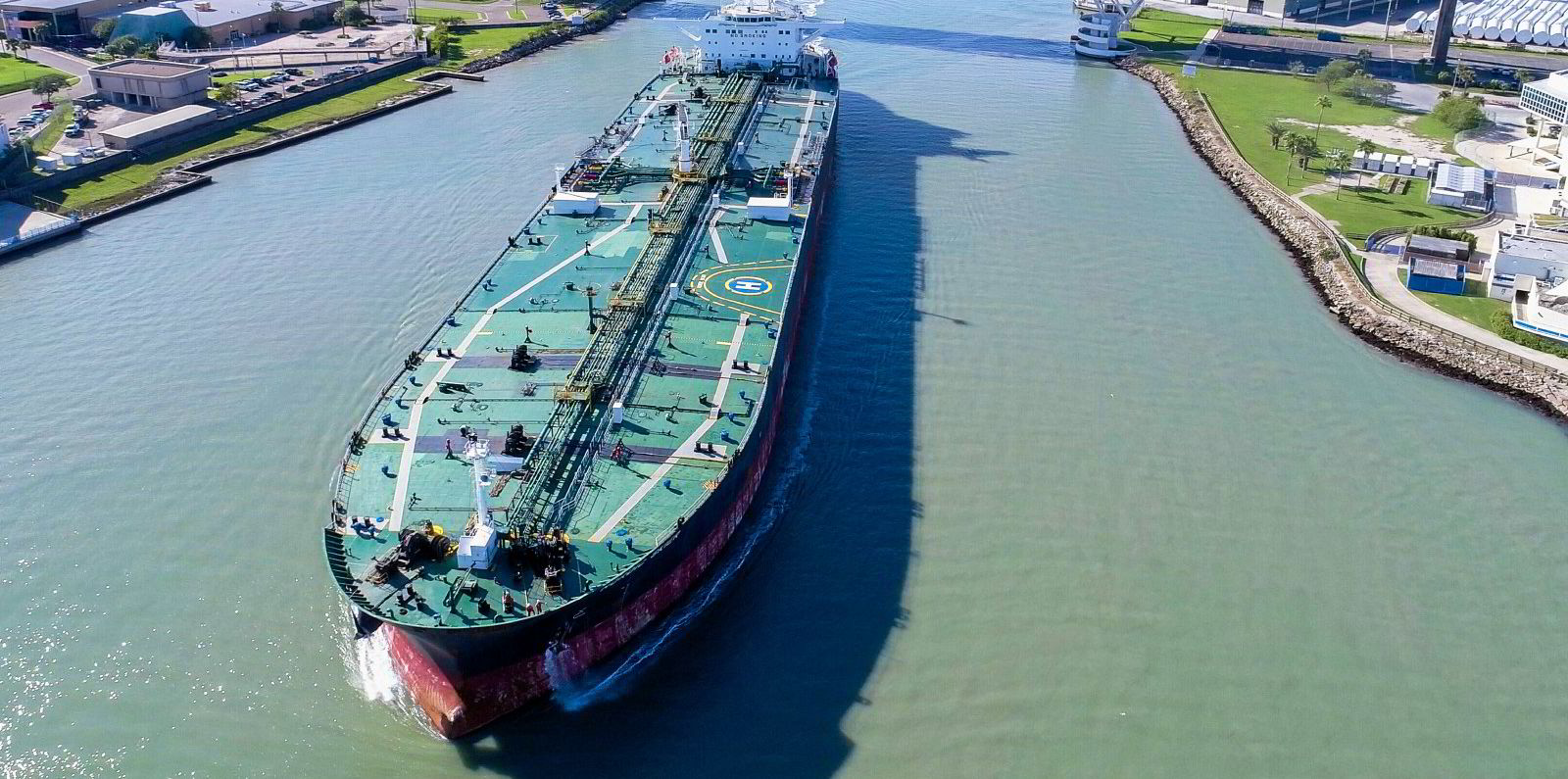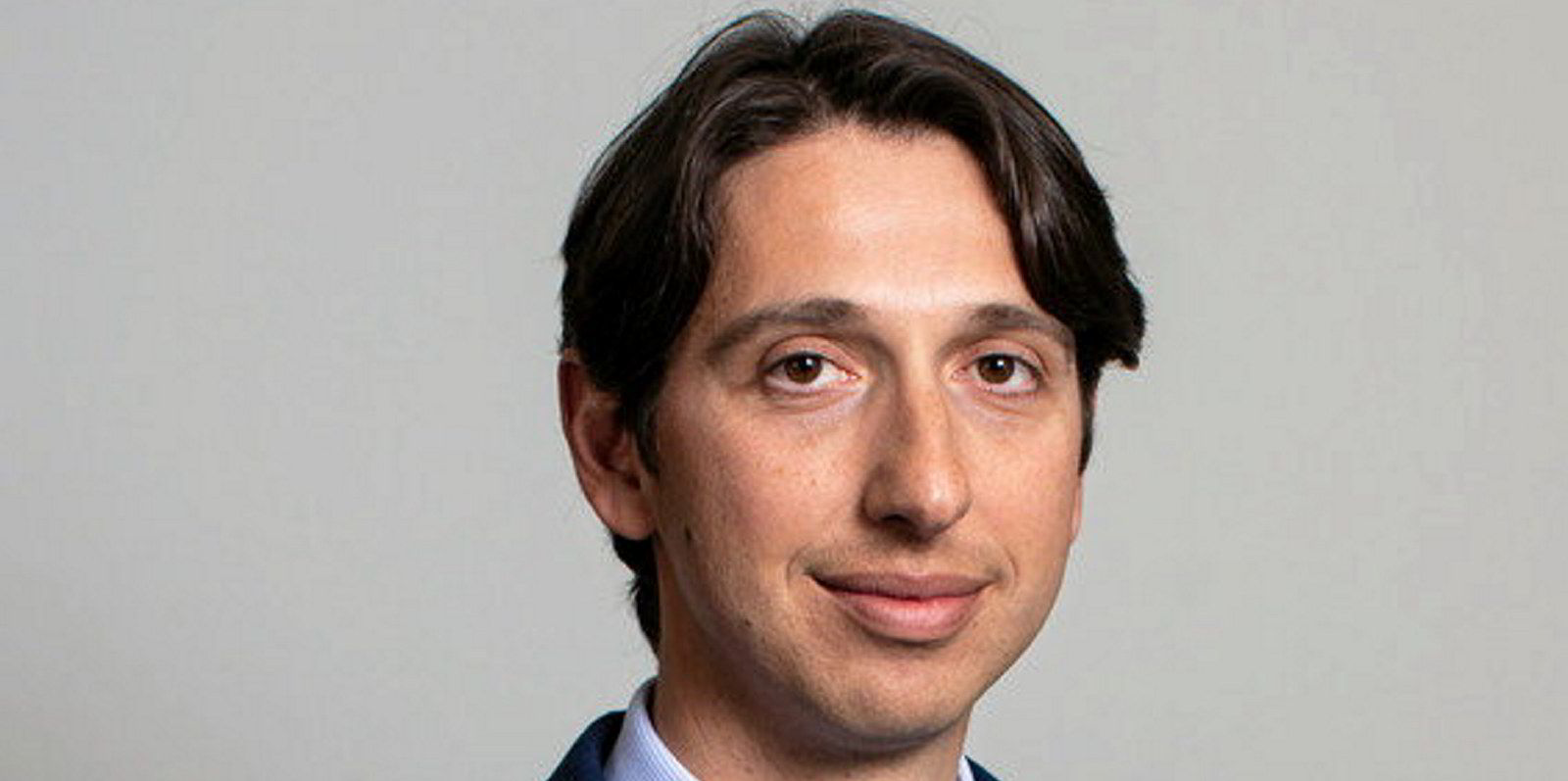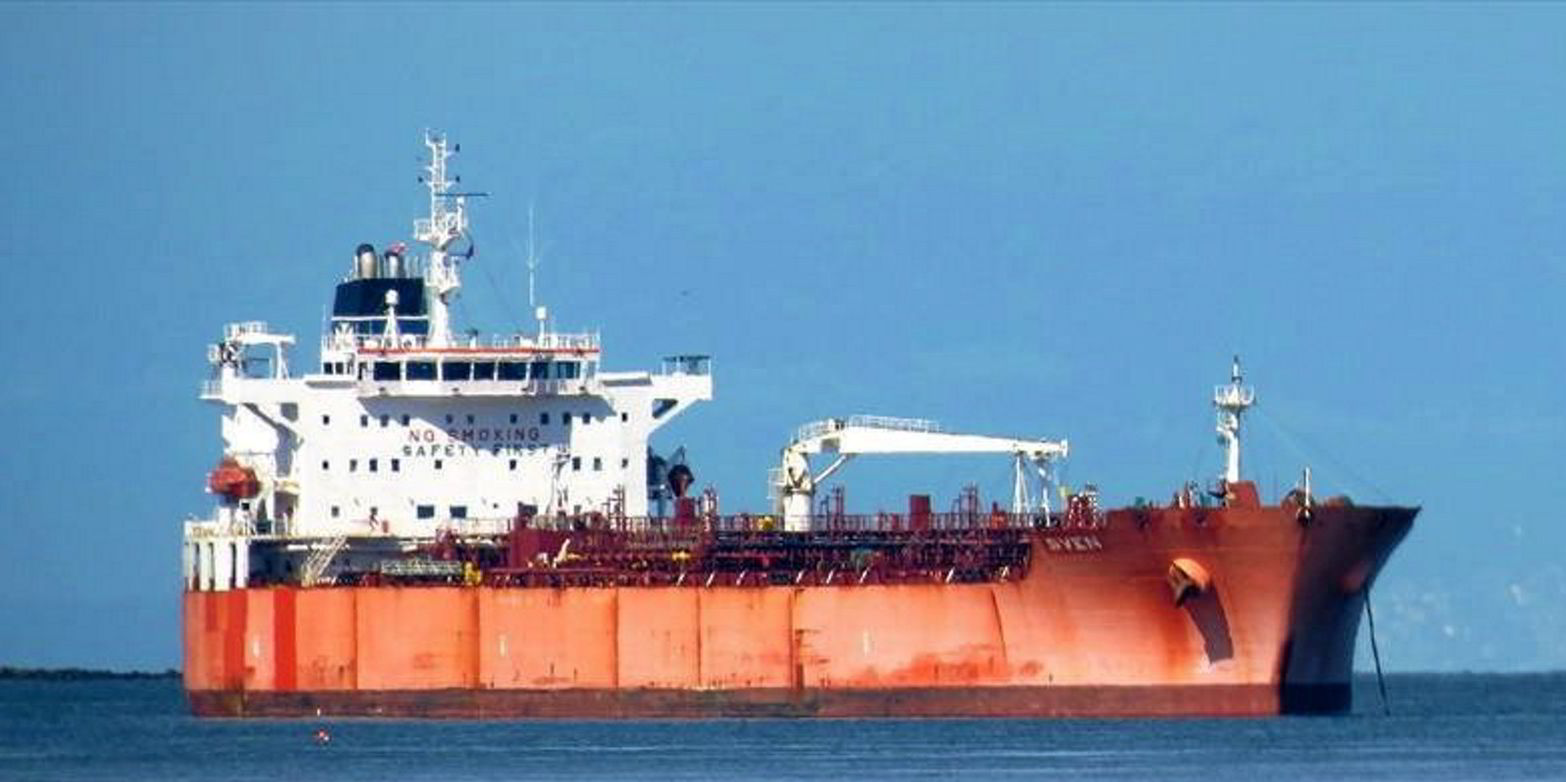Trafigura, one of the world’s most active tanker charterers, has plans to fix less period tonnage in the coming quarters due to a dim market view.
In the financial year to 30 September, the trading giant had an average of 160 to 180 crude and product tankers on period charters of three months or longer — up from 100 to 120 vessels in the previous year.
But Trafigura expects to redeliver more than half of its time-chartered fleet by the end of December. And Andrea Olivi, Trafigura's global head of wet freight, said it will take substantially fewer tankers in period deals in the current financial year.
“We have a relatively soft near-term outlook for freight. We see low volumes, and we see more and more vessels coming back from floating storage,” Olivi told TradeWinds.
“We see less congestion in Chinese ports, weak refinery margins and high inventories,” he added. “Therefore, we think we will have at least three to six months of painful market ahead.”
With weak oil demand and the Opec+ supply cut during the coronavirus pandemic, many tanker operators expect bearish market conditions in the coming months.
Trafigura’s reduced appetite for period tonnage comes despite what Olivi observes as falling rates for time charters lasting from six to 24 months.
“What we are noticing right now is that there is a certain willingness from all owners to price short and medium time charters very competitively,” he said.

Separately, Trafigura inked 3,098 spot tanker charters for the year, compared with 3,001 in the financial year of 2019.
The company had filled 70% of its wet cargo shipping requirements with third-party vessels in the past two financial years. With a smaller time-chartered fleet, Trafigura expects to become more active in spot trade for “a cheaper solution” to transport its cargoes, according to its annual report.
A good year
Trafigura said its wet freight division had the “best year on record” in profitability for the last financial year, when tanker earnings climbed to all-time highs amid high volatility.
Roughly 55% of the tonnage under its control was chartered to external clients, Olivi said.
“We have this year fixed our time-chartered or owned vessels more often for third-party cargoes than for Trafigura cargoes,” he said. “In previous years, we had a more 50/50 balanced split.”
Olivi added that TFG Marine, Trafigura’s bunker venture with Frontline and Golden Ocean, was “instrumental” to the success.
“Their bunkering know-how helped us minimise waiting time for bunkering, reducing the risk of having off spec [fuels] and allowing us to secure cheaper-than-market prices,” he said.
Looking forward, Trafigura has aimed to reduce CO2 emissions from vessel operations amid mounting regulatory pressure.
The International Maritime Organization is finalising initial rules to cut greenhouse gas emissions from international shipping, which are due to come into force by 2023.
“We could see an increase in scrapping of the older generation of tankers. And at the same time, you could see more modern vessels commanding premiums,” said Olivi, commenting on the regulation’s potential market impact.






